This website uses cookies so that we can provide you with the best user experience possible. Cookie information is stored in your browser and performs functions such as recognising you when you return to our website and helping our team to understand which sections of the website you find most interesting and useful.
Are synthetics the future of luxury perfume?
By Becki Murray | 1 November 2023 | Indulge, Lifestyle, Style
We talk natural ingredients and synthetic scents with leading luxury fragrance brands to discover more
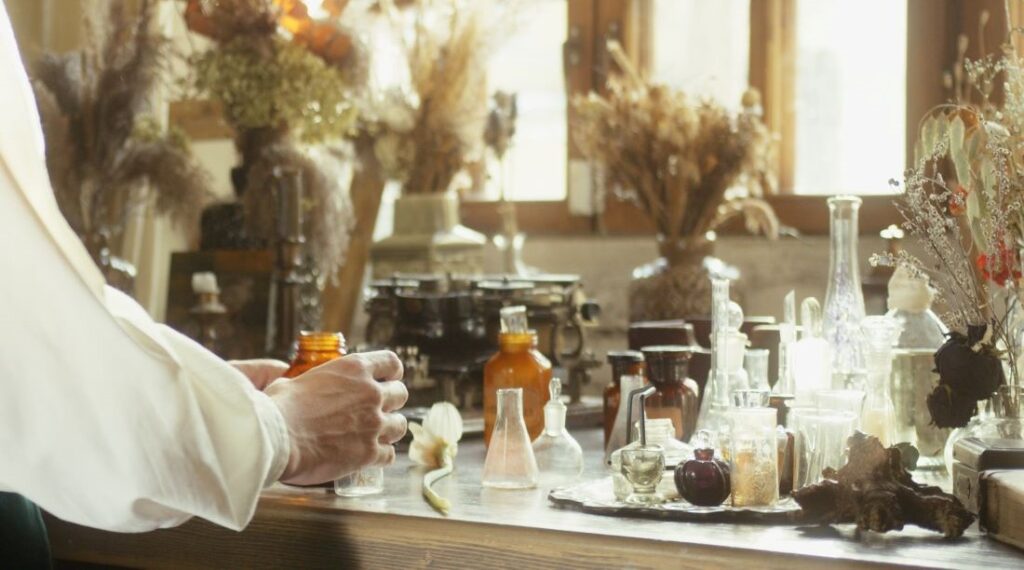
What comes to mind when you hear the word ‘synthetic’? Within beauty, it’s often placed in direct opposition with ‘natural’, suggesting something ‘less pure’ and ‘inferior’. Nowhere is that truer than in perfumery, where synthetics (meaning laboratory-created fragrance notes) are traditionally portrayed as more cost-effective alternatives to natural ingredients.
After all, “Jasmine Absolute can cost up to £5,000 per kilo, while synthetic alternatives such as cis-jasmone may cost only £500,” reveals the education manager for Shiseido’s designer fragrance brands, Callum Ross. “Similarly, a kilo of vanilla absolute costs thousands, while vanillin (the popular synthetic alternative) can cost less than £100.”
That’s good news for high-street brands offering affordable spritzes to the masses, but such framing has caused synthetic ingredients to lose much of their luxury allure. Yet, something is changing. In fact, with the latest pioneering techniques behind them, synthetics are on course to transform the future of luxury perfume.
Firstly, the very fact that synthetics are engineered in a lab and don’t require vast expanses of land or resources is perfectly aligned with conscious consumerism. Leading fashion and beauty tastemakers now increasingly promote the ideology that the most significant symbol of luxury is not limitless excess but making better choices for yourself and the planet. In contrast, consider how natural ingredients within luxury fragrances are popularly portrayed: thousands upon thousands of rose petals harvested for just one pound of essential oil, or the use of rare flowers that only bloom once a year.
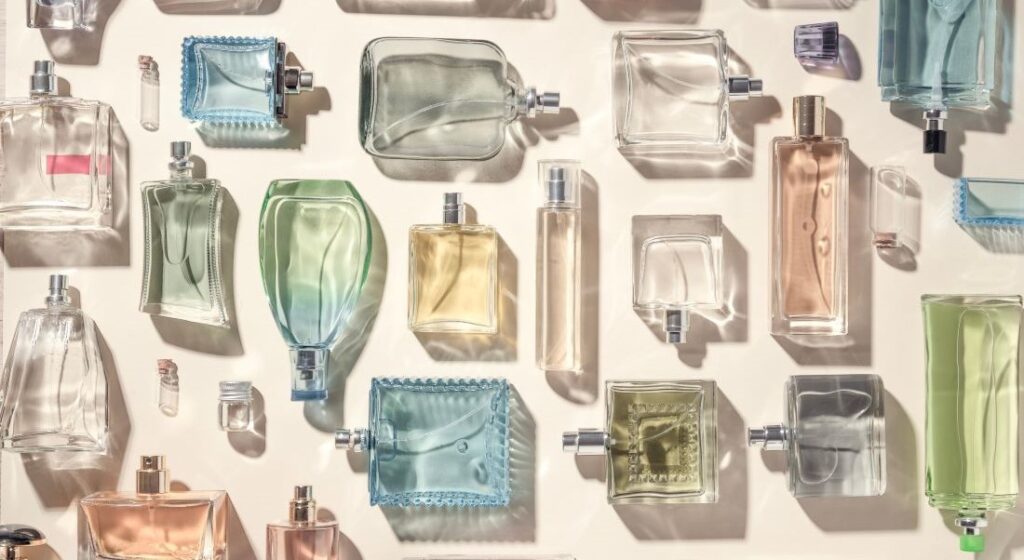
While exclusivity is still the darling of luxury fragrance marketing campaigns and continue to tantalise and encourage that integral first spritz of a new perfume, in order to keep pace with their increasingly informed customers, fragrance brands must also address the accelerating conflict between society’s developing environmental awareness and the traditional art of making perfume.
“Using massive amounts of land to get a natural [ingredient] can be dangerous: look at what happened to the over-harvesting of Indian sandalwood, [the ingredient was pushed to the brink of extinction],” says David Seth Moltz the founder and nose behind DS & Durga. “It is also easier to make vanillin from sustainable sources than by extracting vanilla from pods in Madagascar where theft is a real problem.”
Christina Kamester, head of fragrance for So…? Fragrance, agrees: “The raw materials required to make natural scents can put increasing pressures on resources, like the large volumes of water needed to grow plants. This impacts communities, especially where water is scarcer, and natural ingredients can also vary in quantity and quality each harvest. In contrast, synthetics are always consistent in scent profile… and continuing advances mean there are more solutions for perfumers to the challenges we face in the modern world.”
Luckily, there’s a growing number of natural ingredient suppliers committed to suitable and transparent agriculture, including Firmenich and LMR Naturals in Grasse. But what’s really helping perfumers and brands step up to the sustainability challenge – with all the luxurious touches we crave – is synthetics.
SCENTS OF HISTORY
Significantly, synthetic notes have helped advance perfumery for generations. “Many people believe that synthetic perfume ingredients are a bad thing and don’t offer any true benefit,” says Callum. “This is a myth and without the discovery of synthetic materials, we wouldn’t have the industry that we have today. The first perfume to use a synthetic was Fougere Royale by Houbigant in 1882… and it gave birth to the modern perfume industry.”
Key fragrance notes that make your favourite fragrances so moreish and enjoyable would be impossible – or unethical – today without synthetics. “The animalic facet in perfume is one loved by many people, adding a warm and seductive quality. However, traditional methods for extracting these materials were extremely cruel,” he explains. “Thanks to the advent of synthetic alternatives, it’s no longer necessary to obtain ingredients in this way.”
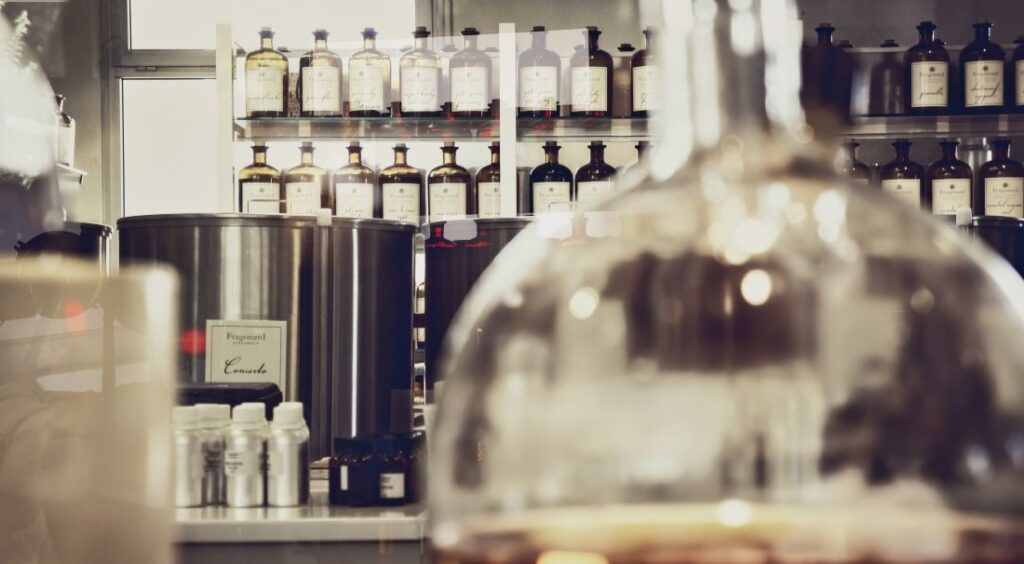
Civetone, a synthetic material, is a good example, as it means civet cats are no longer harmed for their signature musk. Likewise, while ‘naturals’ are often seen as the ‘clean’ option, synthetics are increasingly relied upon to overcome the allergen profiles of natural ingredients, including essential oils and absolutes.
“Oakmoss absolute was a fundamental part of perfumery for centuries but, in 2009, it was discovered it caused allergic reactions, and the creation of synthetic alternatives, such as veramoss, helped keep many of our favourite scents alive,” Callum says.
At the same time, some natural aromas are incredibly difficult to source in the yields necessary for fragrances – such as Honeysuckle – while others, like Lily of the Valley, cannot be obtained naturally. Synthetics fill that void, and if you consider that it’s a luxury to smell exactly as you wish, then synthetics are your window to a wealth of fragrant opportunities. Most exciting of all is the technology powering synthetic innovations, with luxury fragrance houses now able to replicate the scents of our favourite (and rare) plants and flowers, without the need to pick a single petal.
Broadly known as ‘headspace analysis’, techniques like Living Flower Technology employ specialised equipment that can capture and analyse the aroma-filled air around a flower. Then, once the aroma’s chemical composition is analysed, perfumers meticulously recreate a synthetic version. This offers a groundbreaking approach for perfume sustainability, by helping conserve rare plants, while lessening the need for extensive cultivation. It also means synthetics are no longer mere shadowy replicators of their natural counterparts – their aroma profile is identical.
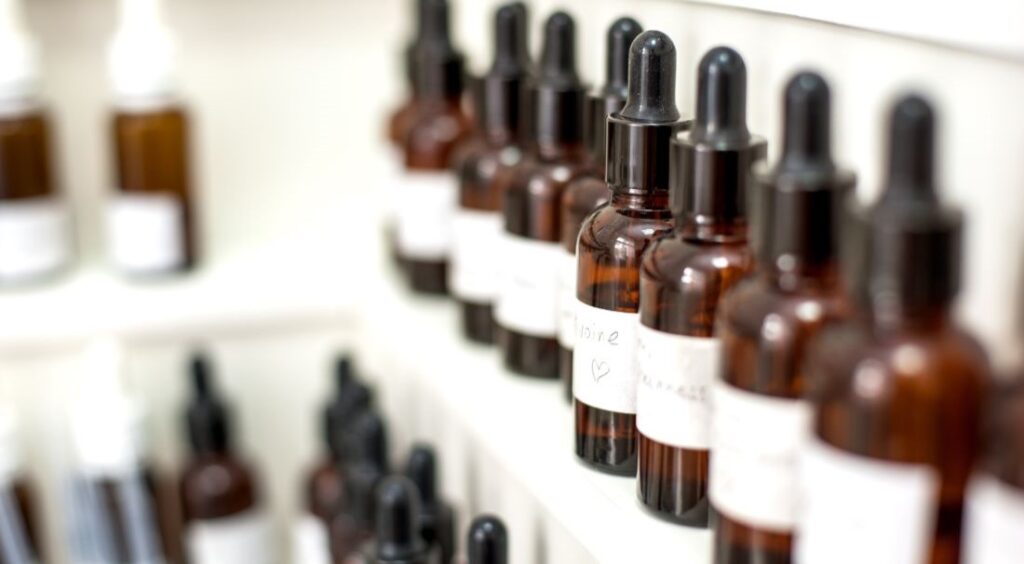
Examples of the technique include the encapsulation of a blooming lily’s aroma in Cloon Keen’s Aesthetic Lily Candle, while for Penhaligon’s punchy floral fragrance, Highgrove Bouquet, the perfumer Julie Pluchet looked to “the latest AromaSpace technology”, in combination with her expertise and creativity, to capture the unique scent of the weeping silver lime tree at Highgrove Gardens.
TRUE INNOVATION
But synthetic fragrances aren’t just about recreating natural aromas. In fact, out of the four main synthetic note categories summarised by the esteemed perfumer Roja Dove, that approach only covers two: natural isolates, which involve isolating the characteristic aroma elements of a natural oil; and reconstructions, which replicate a natural odour in the lab. The other two focus on bringing something unique to perfumery. ‘True’ synthetics are a category defined by entirely new notes, while aldehydes, derived by refracting petrol or benzene, are most famous for first providing their iconic sparkling elements in Chanel No.5.
Perfumers are pushing boundaries within these categories, as they chase ever-newer synthetic ingredients. “The quest for new aroma chemicals usually comes from the perfumers themselves,” says the co-founder of United Perfumes and Ostens Fragrances, Christopher Yu. “They ask their labs for different ingredients that can help convey certain feelings and I love that they are asking for ingredients that make us feel things not just smell good.”
Examples include Iso E Super, which elevates woody accords with its sensual undertones, and cashmeran velvet, as in Ostens’ namesake fragrance, which is akin to wrapping yourself in an expensive cashmere scarf.
Cutting-edge technology has also aided the development of “hybrid molecules that are half natural and half scientifically modified,” highlights the brand and artistic director at Thameen, Christopher Chong. That’s allowed the creation of “some synthetic fragrances that are more natural smelling than nature.”
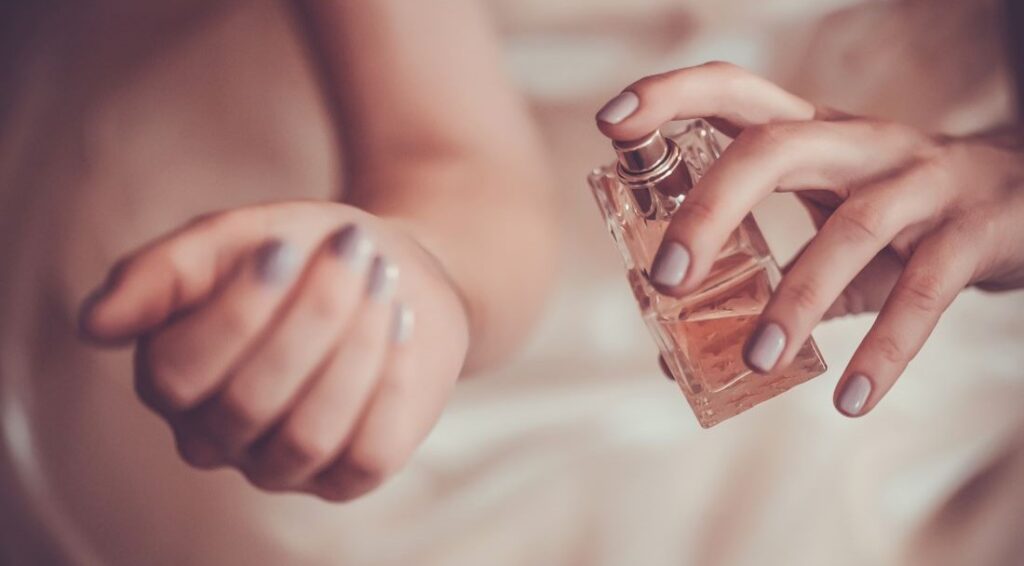
That means synthetics are only limited by our imagination. “You can make the real scent of anything – a flower, a book, or a potato,” David summarises. And, with evermore notes inspired by emotions or even abstract concepts, they are specifically designed to induce a unique reaction from each wearer too. So, in a world where even niche fragrances are now quickly recognised, new synthetics offer an opportunity to wear a truly unique aroma as your signature.
“Almost more than any other type of material, synthetics have sent fragrance creation spiralling off in new directions,” agrees Roja, an opinion shared by the founder of Jusbox, Andrea Valdo.
“The best innovation is that we finally have new smells, something unique we aren’t used to finding in our ‘normal life’,” says Andrea, “so fragrances become unexpected and different.”
It’s certainly working too: one of Jusbox’s best-selling fragrances worldwide, Cheeky Smile, was the result of a challenge to create a 100% synthetic fragrance. Still on the olfactory fence? The good news is you don’t have to choose a side of the natural/synthetic dichromate. Indeed, the best luxury perfumers know that a combination can produce the very best aromas.
“Imagine a beautiful sunset and you snap a picture of it. That would be a natural fragrance, but synthetics are like the perfect photo filter that will make your sunset pic pop even more,” concludes Christopher.
Consequently, it’s simply time to consider that your next truly luxurious fragrance is one where the scope for aromas is unlimited, powered by technology and innovation, rather than how many petals are required.







